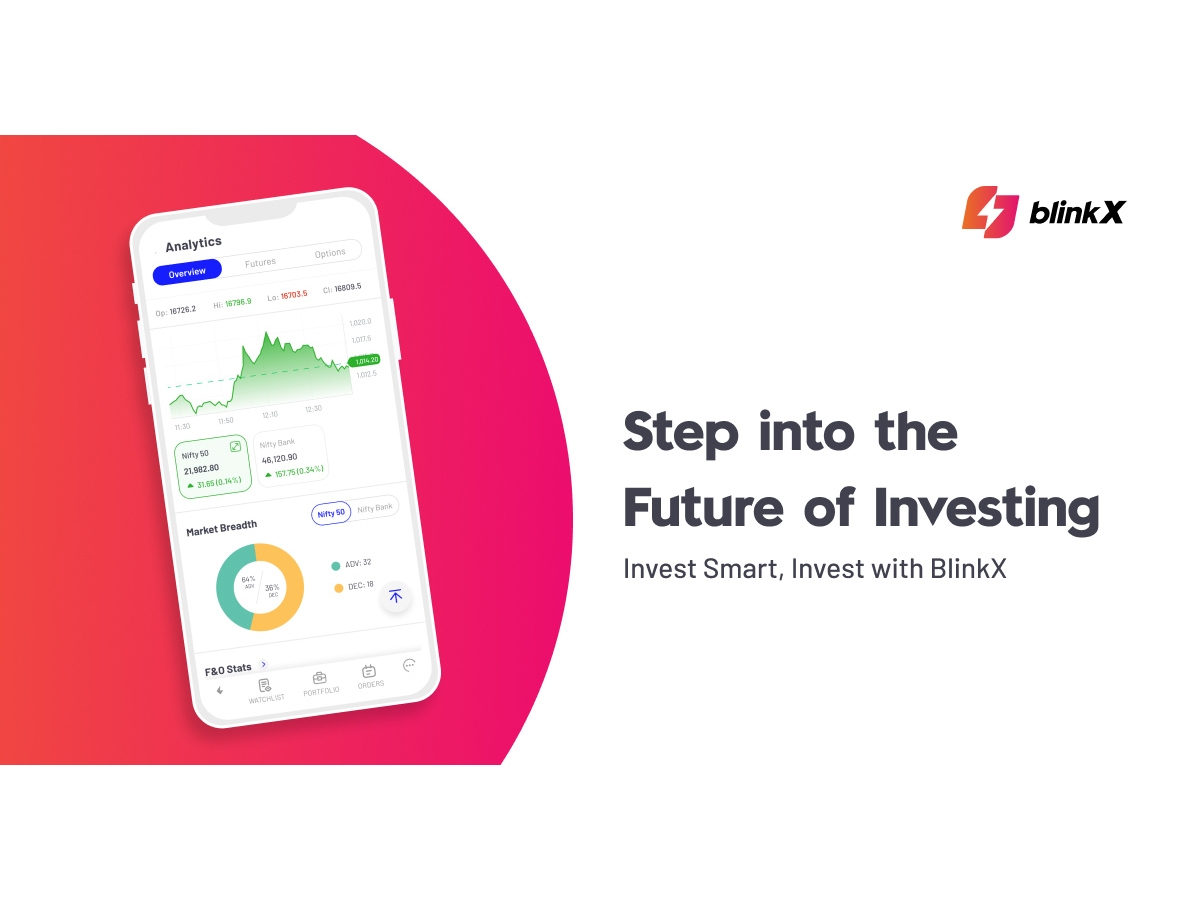Google gives Pixel 7a serious upgrades but retains the unique compact display
Before we move on, as inevitable as that is, to the Pixel 8 series later this year, there is one piece of the Pixel 7 puzzle that remained to be seated. The one that’ll sit as the entry point to the smartphone portfolio, much like the Pixel 6a before it. The Google Pixel 7a joins the Pixel 7 and Pixel 7 Pro, with the expected similarities part of what you’ll probably pay for.
The Google Pixel 7a has a sticker price of ₹43,999 for the 8GB RAM and 128GB configuration. That is the only one going on sale for now, albeit in Charcoal, Sea, and Snow colour options. Before the Pixel 7a arrived on the scene, the Pixel 7 (also the 8GB + 128GB spec) was selling for around ₹49,999. This could have complicated matters, with the choice likely whittling down to potentially the screen size. The Pixel 7 prices have been raised to ₹56,999. Whether temporary or permanent, that’s not clear. Yet, it opens a nice window.
In terms of the family resemblance, the Pixel 7a is very much following the same design language as the Pixel 7, and indeed the Pixel 6a that it replaces. There are three colours – sea, snow, and charcoal. Our recommendation would be to consider the blue-ish hues of the sea colourway, as it’ll stand out more. Snow is likeable, even more so because it doesn’t catch smudges and fingerprints. Charcoal will be a familiar darker shade.
Also Read: Google Pixel 7 Pro is the absolute no-nonsense Android flagship
Google, any plans to get the gorgeous Coral colour to India? The aluminum frame coupled with the plastic back feels good to hold and doesn’t hint at any cost checks.
But what you must keep in mind is despite an IP67 rating for water and dust resistance (this is par for course), the display gets protected by the Corning Gorilla Glass 3. That’s a seven-year-old solution and is certainly not as scratch resistant as the generations since. That’s one way to keep the price tag in check. Be a tad more careful with use is all we can prescribe.
The display size is something to ponder over. We wouldn’t call a 6.1-inch screen size small by any definition, but it is likely you’re using a phone that has a larger display (could be around 6.5-inches, give or take). That could be a difficult switch. That’s where the Pixel 7’s 6.3-inch screen could have been an easier switch. Yet, if you are confident (or in a rare instance, already using a similar screen size), the Pixel 7a then becomes an easier transition.
This OLED screen doesn’t betray this prowess as you use it indoors, but step outside into the harsh North Indian summer sun, and the higher echelons of illumination impress instantaneously. This now goes up to 90Hz refresh rate too, which is the single biggest upgrade over the Pixel 6a, and at parity with the Pixel 7 (albeit with slightly higher pixel density).
The performance, which we will illustrate in detail in a moment, very much sets the stage for gaming too without any dropped frames or stutters. Except, this screen size doesn’t feel very inviting. Performance parity with the rest of the Pixel 7 siblings comes with the Google Tensor G2 chip, which has been paired with 8GB RAM and 128GB storage. The latter is a limiting factor if you take a long-term view to a smartphone purchase – relying on cloud storage has its own eccentricities.
This is, flagship-esque performance at play here, on a phone around the ₹40,000 price point. It also means the chip-driven features we have seen on Pixel 7 phones, including the long exposure for the camera and the unblur functionality in Photos, are available on the Pixel 7a too. This is a good foundation for the future. Even as we extensively used the Pixel 7a, this phone didn’t stutter or struggle even once.
There is often tepid heating that’s apparent on the middle of the rear panel, but that’s the only occasional suggestion of things chugging along when you load this with multitasking.
If you were hoping the Pixel 7a gets wireless charging, you’d be happy to note your wish has been granted. About time too, this became a standard feature in phones in this price band. I’ve often said this feature isn’t one that makes or breaks a phone buying decision, but it is good to have the convenience of simply planting the phone on a wireless charger, ever so often.
Charging speeds aren’t exactly fast – 18-watt for wired charging (a charger isn’t included with the phone) and 7.5-watt for wireless charging, with any compatible Qi charger. We’d expect these to be upped considerably, by the time the Pixel 8a comes around this time, next year. Even with wired charging, there isn’t much scope of a splash-and-dash charge if you are in a hurry, the way you can with a OnePlus phone for instance.
Speaking of battery life, this 4,300mAh battery returns with 25 percent charge at 8pm, after extensive use through the day. While you must charge this every night, there is little battery anxiety in the latter half of the day. For a compact phone, that’s quite an achievement to not have compromised on battery capacity, or stamina.
Cameras is where the Pixel 7a has not only raised the game significantly generation on generation but is in a way setting a benchmark for the alternative Android flagship phones. A 12.2-megapixel main camera from the Pixel 6a makes way for a 64-megapixel sensor this time round. The ultrawide has also been upgraded to a 13-megapixel sensor. This phone now delivers the sort of photography quality (and AI smarts, goes without saying) that you’d expect from a Pixel phone. There are a lot of similarities, in detailing and the colour tone, with the Pixel 7. Google’s Night Sight steps in efficiently in dim lighting, to return impressive details.
Face Unblur works for the most part, but that also depends on the speed of movement as you take a photo. For some reason, Google hasn’t given the Pixel 7a the lossless crop zoom technique to work with, which in the Pixel 7 and Pixel 7 Pro uses the middle of the primary camera sensor to return a magnified image. The result, mode detailing can be appreciated. Here, even 2x zoom images look noisy and edges aren’t at all smooth.
It is very difficult to argue, all things considered, against the Pixel 7a. That is, if the screen size works for you. If that isn’t what’s holding you back, the flagship-esque performance, significantly improved cameras and consistent battery life are there for you to enjoy. The upgrades over the Pixel 6a are stark, and that’s brought the Pixel 7a into a more serious league of Android phones. One that leaves most of Samsung’s Galaxy phones in this price band, far behind. The Nothing Phone (1) is your only genuine compact phone option, outside of the Pixel family. OnePlus doesn’t have a phone of this size. The decision is yours.






